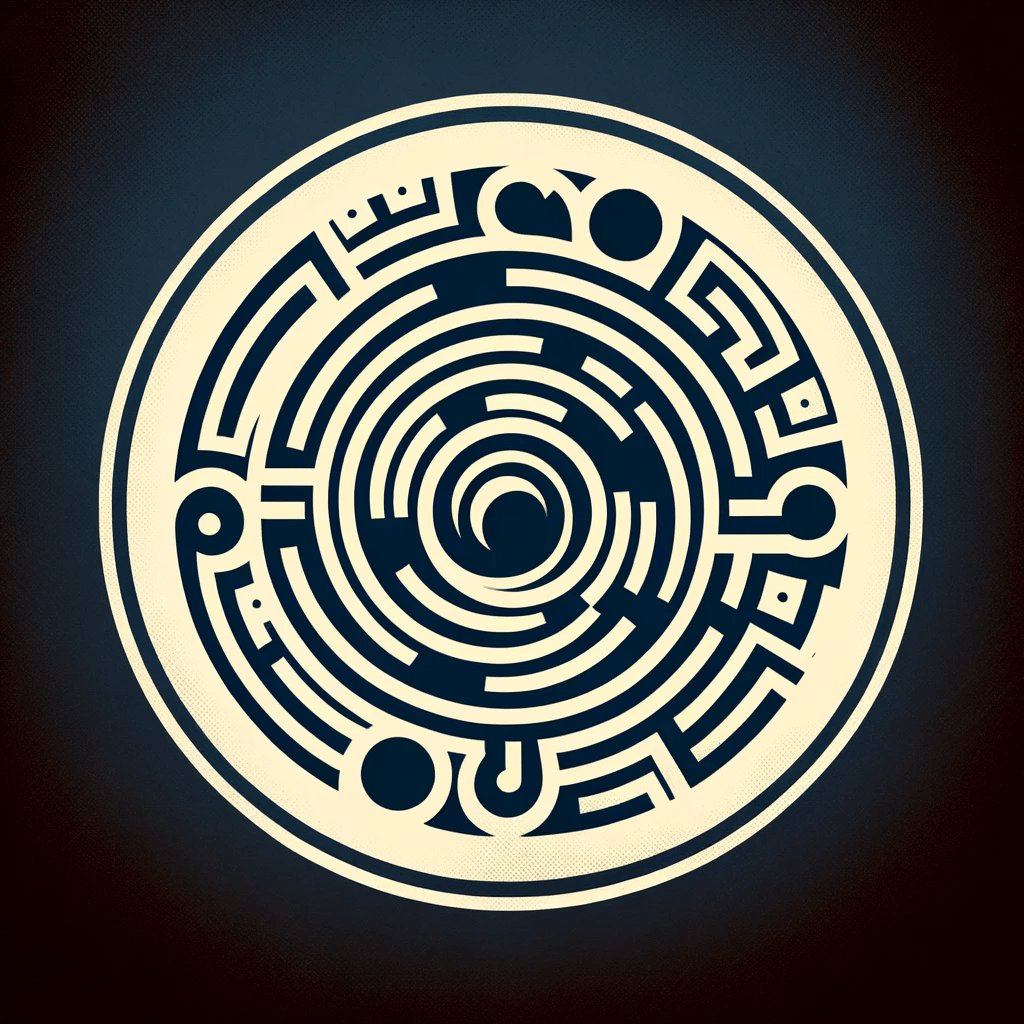The Maya Circular Calendar and Time

In a universe where the phenomena of UFOs are acknowledged truths, the concept of time becomes as malleable and intriguing as the technology behind these unidentified flying objects. These crafts, allegedly capable of navigating vast distances at speeds that defy our current understanding, inherently manipulate time itself, echoing the relativity of advancement and antiquity. Through this lens, the ancient yet sophisticated timekeeping systems of the Maya civilization present not mere historical curiosity but a potential parallel to the advanced, time-warped technology of UFOs. The Maya’s intricate calendars, particularly the circular calendar formed by the interlocking cycles of the Tzolk’in and Haab’, underscore a civilization deeply entrenched in the cyclic and perpetual nature of time. These systems, which meticulously measure and honor the passage of days, celestial events, and agricultural cycles, reflect an understanding of time that transcends linear progression, embracing instead a continuous loop of creation, existence, and regeneration. As we ponder the implications of UFOs and their time-altering journeys, the Maya calendars remind us that what we perceive as advanced or ancient is relative, and perhaps, time in the grand cosmos is a far more fluid and intertwined dimension, akin to the interlocking gears of the Maya’s own cyclical timepiece.
The Maya civilization is renowned for its complex and sophisticated calendars, one of which is often referred to as the “circular calendar.” This term usually refers to the interlocking nature of their Tzolk’in and Haab’ calendars, creating a cycle that repeats every 52 Haab’ years, known as the Calendar Round.
- Tzolk’in: This is a 260-day ceremonial calendar composed of 20-day names and 13 numbers that rotate, creating 260 unique day combinations. This calendar was primarily used for religious and ceremonial purposes, aligning with various agricultural and celestial events.
- Haab’: The Haab’ is a 365-day solar calendar composed of 18 months of 20 days each, followed by a short month of 5 days called Wayeb or Uayeb, making up the 365 days. This calendar was used for more secular, everyday purposes, such as agriculture and marking the seasons.
When combined, these two calendars interlock like gears in a larger mechanism, and it takes 18,980 days (approximately 52 solar years) for a specific combination of Tzolk’in and Haab’ dates to coincide, completing a Calendar Round. This period was significant for the Maya as it marked the end of a cycle and the start of a new one. The Maya also recognized longer periods of time, such as the Long Count calendar, which tracks much larger cycles of time, extending thousands of years into the past and future.
The term “circular” refers to the cyclical nature of these calendars, as they would reset and repeat, much like a circle has no beginning or end. The Maya believed in the cyclical nature of time, and their calendars reflect this worldview, with time continuously cycling through creation, existence, and regeneration.
The Maya possessed a sophisticated understanding of time and astronomy that influenced their perception of daily cycles, closely observing the natural cycles dictated by the sun, moon, stars, and other celestial bodies. Their day was divided based on the sun’s position, recognizing key phases such as sunrise, midday, and sunset, which were important not only for practical activities but also for ceremonial and ritualistic purposes. The sun held paramount importance, leading to the creation of complex solar calendars due to meticulous observations of its path, resulting in remarkable accuracy. At night, their keen astronomical observations continued as they tracked the moon, planets, and stars, believing these celestial movements were intimately linked to the gods’ actions, imbuing them with religious and ceremonial significance.
Moreover, the Maya integrated these observations with their religious beliefs, considering certain times of the day as more auspicious for activities like agriculture, trade, and ceremonies. Their daily cycle was a component of a broader calendrical system including the Tzolk’in, Haab’, and the Long Count calendar, with each day having specific religious and astrological significance that influenced decisions and daily life. Unlike modern cultures, the Maya did not divide their day into hours. Instead, they based timekeeping on the qualities and characteristics of time related to celestial events and their mythological interpretations. This view of time as cyclical and regenerative meant that each day carried specific spiritual and astrological importance, reflecting their deep connection to the natural world, religious beliefs, and advanced astronomical knowledge.


